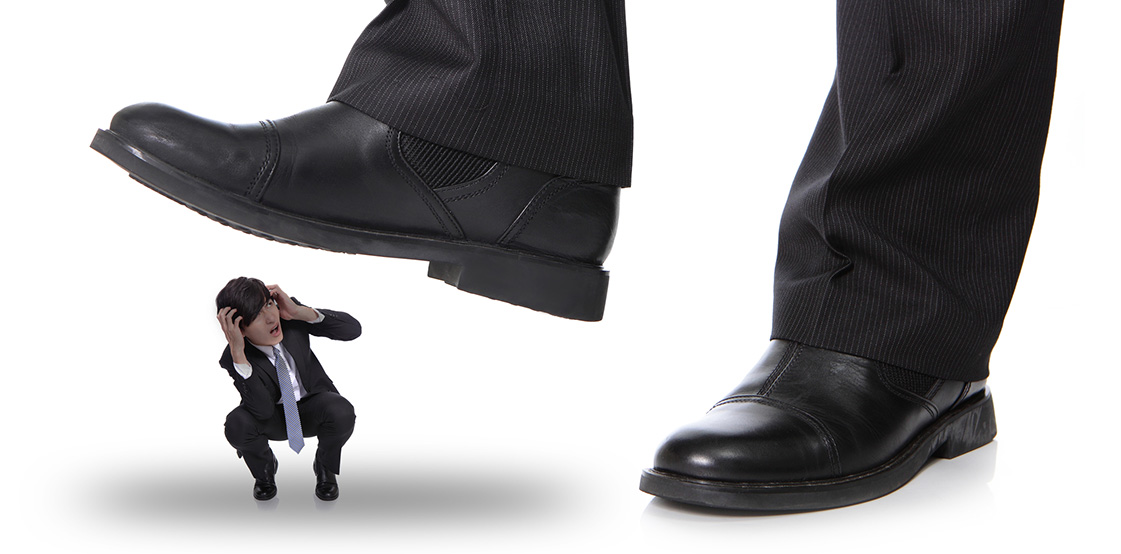In many of these cases physical injuries are just the tip of the iceberg.
After decades of work in injury management, I’ve observed a stark reality: the factors that keep people off work often go well beyond their physical injury.
Recently I treated a warehouse picker with a back injury. It was a moderate muscle strain that should have resolved within weeks, but three months later she was still off work.
Sleep disruption caused fatigue, impacting her mood. Her pain persisted and she developed depressive symptoms. She struggled with childcare duties as a single mother and felt trapped between recovery needs and work demands.
What really kept her away from work wasn’t physical pain but the fear of re-injury, concerns about her employer’s response, and growing anxiety about her financial security.
This case, which I will return to later, illustrates what research has shown: psychosocial factors account for up to 85% of unnecessary work disability.
According to Safe Work Australia, Australia saw 139,000 serious workers compensation claims in 2022-23. Moreover, the average time lost from work-related injuries and illnesses has increased over the past 10 years.
When injuries occur in a compensable setting, the chance of a poor health outcome is significantly higher than the same condition in a non-compensable setting.
The good news? Psychosocial barriers to recovery and return to work are largely modifiable – if we know how to identify and address them early.
The It Pays to Care initiative presents extensive research and clinical evidence outlining the case for early identification and treatment of psychosocial factors in workplace injury management. This approach can transform outcomes for our patients while making clinical work more effective and satisfying.
Why traditional approaches fall short
When I first started treating workplace injuries, I focused primarily on the physical aspects of recovery. Like many of my colleagues, I believed that if we managed the medical condition well, return to work would naturally follow.
But experience has taught me that this isn’t the case. I have learned from extensive research such as the WISE study in NSW which used psychosocial screening to guide the provision of extra support to workers at risk of prolonged work disability. This intervention achieved 50% reduction in lost time and 30% reduction in claims costs, and the results have been replicated by Australia Post.
The evidence is compelling: workers exposed to high levels of psychosocial risk have over three times as many days off work as those with low risk. Even more striking, for every single point increase on the Short-Form Örebro Musculoskeletal Pain Screening Questionnaire (ÖMPSQ-SF) we use to measure psychosocial barriers, the chance of return to work drops by 4%.
The longer someone stays off work the more these psychosocial factors compound their recovery. Languishing off work, depression is more likely to develop secondary to the injury. Financial stress increases. Social isolation grows. Critically, the person’s identity as a worker – their sense of contribution and purpose begins to erode.
This perspective is supported by detailed evidence, as articulated through the Health Benefits of Good Work policy, and most recently the It Pays to Care policy. These policy papers were developed by the Australasian Faculty of Occupational and Environmental Medicine, a faculty of the Royal Australasian College of Physicians.
Related
Understanding the barriers
Psychosocial barriers typically fall into one of several categories.
Health-related psychological challenges include fear of re-injury and low confidence in managing symptoms. Workplace issues like poor supervisor support or concerns about modified duties often arise. And then there are the personal challenges, including mental health challenges and the potential impact of concurrent life stressors.
Here’s what’s exciting: when we identify these barriers early and address them systematically, we see remarkable improvements in recovery times and return-to-work rates.
Tools that make a difference
Let me share two approaches that I take to screening for psychosocial barriers.
The first is using a validated screening tool to quickly identify patients at risk of delayed recovery and prolonged work absence. The ÖMPSQ-SF is quick, evidence-based, repeatable, and has a clear risk score to guide intervention.
The second approach is having focused conversations about psychosocial factors.
I typically start with something like: “As part of your care I’d like to ask about how you’re coping with your injury. Our thoughts and concerns can impact recovery just as much as physical symptoms.” This opens the door to exploring crucial areas like self-efficacy, coping strategies, and workplace concerns.
Putting it all together
Once you’ve identified psychosocial barriers, what next?
Here’s the practical approach I’ve found most effective:
- Discuss the findings with your patient, framing these factors as normal, modifiable aspects of recovery.
- Develop a treatment plan that specifically addresses identified barriers. If fear of movement is the issue, a graded exposure approach might be key. For workplace stress, early communication with the employer could make the difference.
- Make strategic referrals, whether it’s to psychosocial counselling for anxiety issues or to a workplace rehabilitation provider for help with return-to-work planning.
- Organise case conferences with other relevant professionals. A multi-disciplinary approach can lead to better outcomes.
- Set functional, work-specific SMART goals that give your patient clear milestones to work towards.
- Monitor progress using both physical and psychosocial measures. The ÖMPQ-SF can be repeated post-intervention to assess changes in risk level, with a score below 50/100 indicating lower risk of delayed recovery.
Let’s look at this approach in practice, returning to the warehouse picker I mentioned earlier.
I referred her for physiotherapy and engaged with her return-to-work coordinator to ensure she could attend sessions during work hours, avoiding childcare conflicts.
We addressed her sleep disruption with sleep hygiene and relaxation techniques, which helped reduce her fatigue and improved her mood.
The employer came on board with support from the supervisor and the RTW coordinator.
By tackling these practical and personal barriers alongside her physical injury, she was able to return to modified duties within weeks.
Making change happen
The landscape of workplace injury management is evolving. In New South Wales and Queensland, insurers now require routine psychosocial screening for many compensation claims.
I’ve seen firsthand how this approach transforms patient outcomes and professional satisfaction. When we address the whole picture we’re not just treating an injury – we’re helping people rebuild their lives and return to meaningful work.
Connect with It Pays to Care on LinkedIn and visit www.itpaystocare.org to learn more about the policy and how treating practitioners can significantly impact recovery and return to work outcomes. Check back regularly as the team is developing resources to help healthcare providers implement this effective approach.
Dr Mary Wyatt, lead occupational physician for It Pays to Care, has extensive experience in injury management, research, and policy development. Her career spans general practice, independent medical examinations, research, teaching and running RTWMatters.org, a non-profit supporting better return to work.





